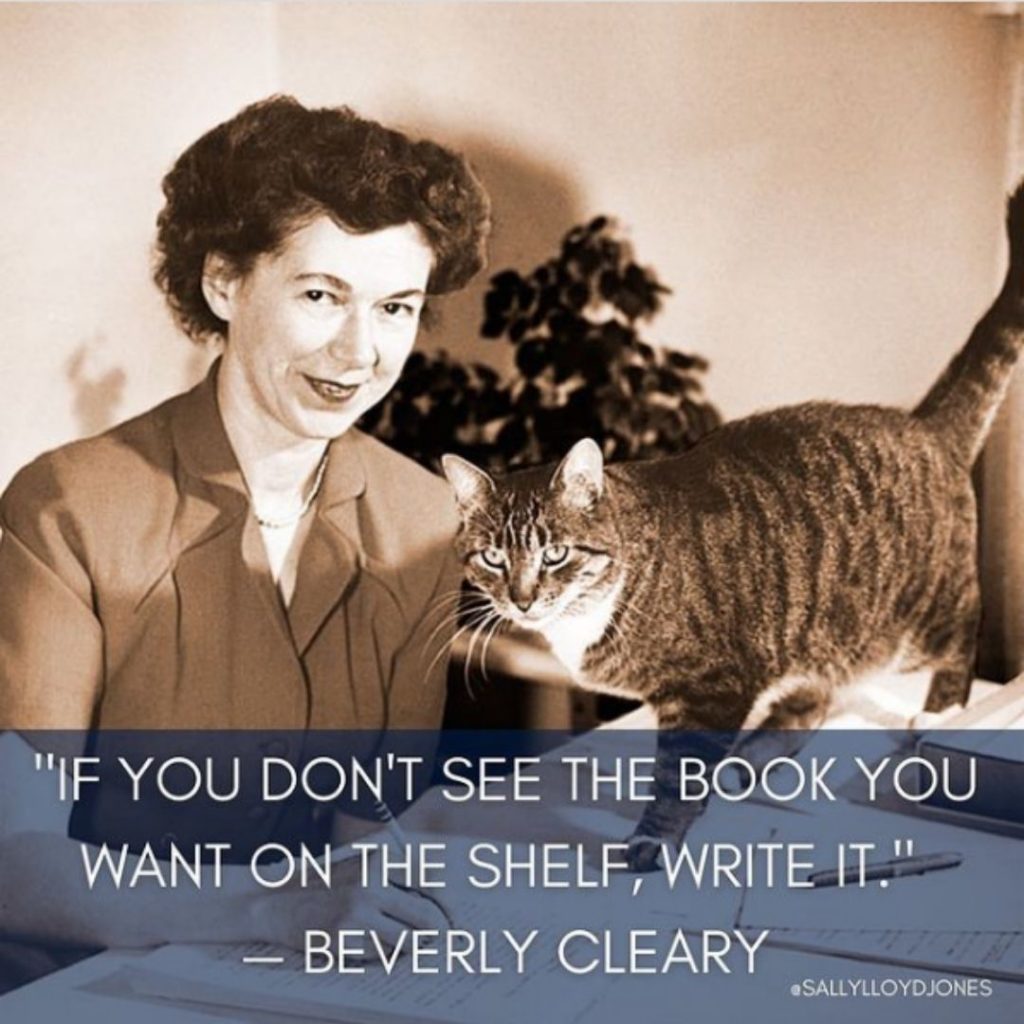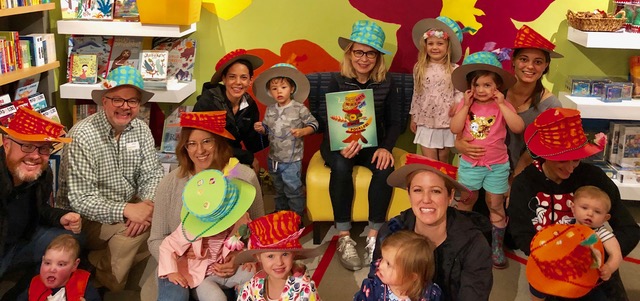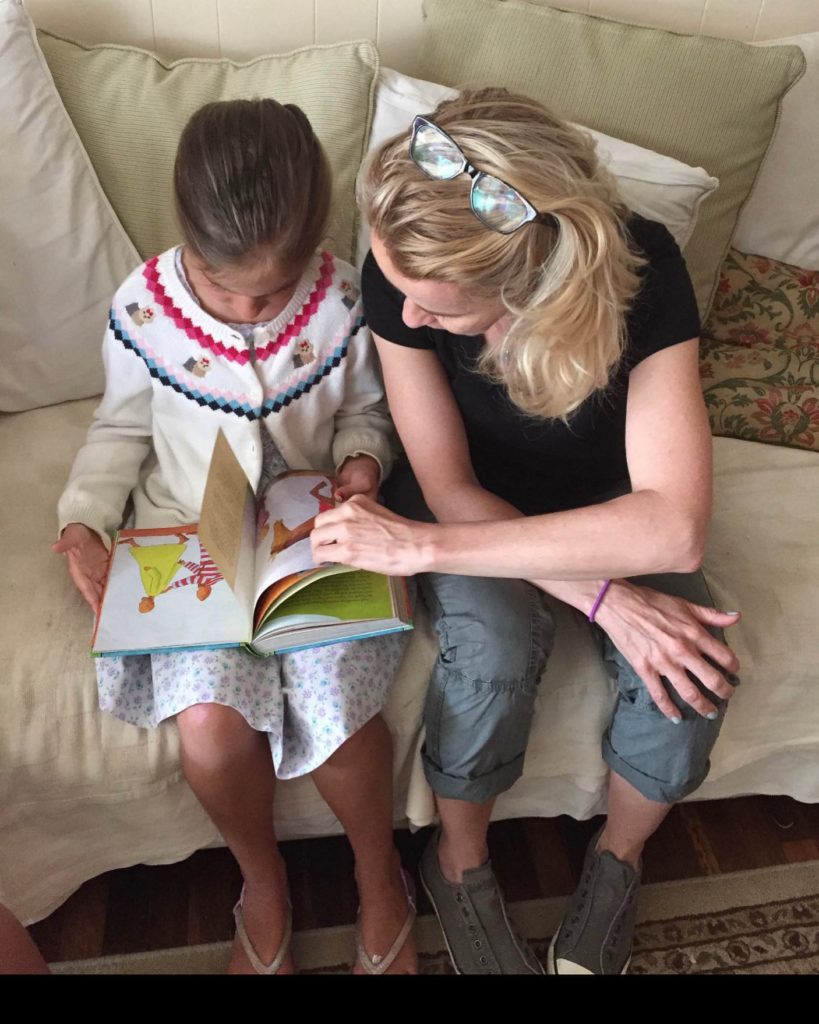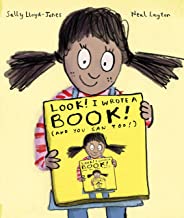I’m often asked for tips from aspiring children’s book writers. So I compiled some of the things I’ve learned over the years that have helped me.

Tip 1: There are no shortcuts
Someone told me this starting out, and it’s the first thing I tell people who are serious about writing for children. There are, unfortunately, no shortcuts in this business of writing stories for children. If there were, believe me, I’d have taken them. But if you are willing to do the work, then you have a shot.
Tip 2: Join SCBWI
Children’s book publishing is a business. And children’s book publishing is its own unique business—children’s publishing is entirely different from adult publishing. So it’s important that you do your homework and get to know it. To that end, I encourage people to look into organizations that help you get to know the children’s book publishing business.
The Society of Children’s Book Writers and Illustrators is a good place to start. When you join (and you don’t have to be published to join), SCBWI sends you a great package of materials answering all the kinds of questions you might have (like how to find an agent, which publishers are looking for what, publishers’ various submission guidelines, how to write a cover letter, etc.). SCBWI have two annual conferences and local regional meetings where you can meet editors, agents, and writers. This is an effective way to get some feedback on your material as well as find friends in the writing community. They are an international organization. Someone pointed me in this direction when I was starting out, and it was invaluable. It’s essential to do your homework, to do as much as you can before you approach publishers. And SCBWI makes that possible.
Tip 3: Join a writing group
SCBWI has writers groups all over the country, and it’s a great way to workshop your material and find support.
Tip 4: Visit bookstores and libraries
Browse bookstores and libraries for books you think have a similar subject matter to yours. Find books that you like (how they’re produced, format, feel, etc.). Take note of who the publishers are and start to build a list of publishing houses to approach (if a publisher is already publishing the sort of book you’re writing, they are more likely to be interested in your work.)
Get to know children’s librarians—they are experts in what works.
Bonus secret tip: check the acknowledgments in books you like. Often the author mentions their agent, or publisher, which is another great way to find agents and publishers who might be a good fit.

A visit to Interabang Books in Dallas with Hats Off to Mr. Pockles!
Tip 5: Read read read
That’s it. Read. Read classics. Read award-winning books. Read current best sellers. Read bad books even (they show you what doesn’t work).
And read the sort of books you want to write. If you’re interested in writing a picture book, for instance—read all the picture books you can get your hands on. Especially read the ones that have stood the test of time. There is a reason they lasted. (See my list of favourite children’s books for inspiration.)
Tip 6: Read about writing
Hone your craft. Writing is a craft. Just like carpentry. Learn everything you can from the masters. Put in the time. Do the work. Here are some of my favorite books about writing.
Tip 7: Don’t worry about the market
Don’t worry about what the market is looking for or what the trends are. Not everyone would agree. But that has never worked for me. That makes me feel tired. I just write the book that needs to be written. A librarian told me once:
“The world doesn’t need another J.K. Rowling. We already have J. K. Rowling, and she’s much better at being her than you are. We need your voice and your story.”
I think this is exactly what Beverly Cleary was saying in the quote above. Also, if you’re following trends you’ll likely already be out of date by the time your book comes out. Better yet to set trends.
Tip 8: Test your story on real children
Be regularly around children. If your book is targeted to preschoolers, spend time with preschoolers. Test your book out on actual children, in classroom settings or with individual children. This will give you invaluable feedback. Children will let you know very quickly whether your story is holding their attention or not. (They’ll simply get up and walk away!)
A note of caution however: don’t test your material on children who love you. These children will tend to love your story because they love you and love being with you and love the sound of your voice. Which is wonderful. But not necessarily accurate. For a more accurate gauge of your story, try your story out on children who don’t know you.

Reading to one of my little bosses
Tip 9: Read your story out loud
This is essential for all writing and especially for children’s books. Write for the ear as well as the eye. A picture book is written to be read aloud. Read it out loud to yourself (not silently in your head). Have someone else read it aloud to you. You’ll hear where they stumble. Where the rhythm is off. What doesn’t work.
Tip 10: The one absolutely non-negotiable thing
The most important thing I can tell you to do is this: write the best book you can write.
Many people skip this step and spend their time worrying about how to get an agent and a publisher and the market when really what they should be worrying about is improving their story. Spend the time here. Don’t accept less than the best. Push yourself. As children’s book writers, we owe children our best work. Nothing but excellence will do for the very young because the responsibility is greater.
To this end—remember: it is very hard to write a good book. It’s easy to write a bad one.
Which leads us back to my first tip—you need to put in the work. What that means is you need to revise revise revise. Because writing is rewriting.
Bonus Tip
Get some lovely, delicious writing tools. Here are some of my favourites.

Look! I Wrote a Book!
I wrote a book about how to write a a children’s book called… Look! I Wrote a Book! The Wall Street Journal called it “A story-telling anatomy lesson masquerading as giddy fun.” And in it you will find the basics of what you need. Hope you enjoy it. (Plus the illustrations!)

Want More?
If you’d like to receive more writing tips, sign up here.
You can also follow along on Instagram, where I regularly post tips and inspiration.
I hope this helps as you pursue your writing projects. All my best to you writers out there!
Love, love, love your books! Thanks for the tips!
My granddaughter has written a book that is with an editor. She is 17. The genre is for teens/you g adults but I am sending her your top 10 tips as I think they will help her too. If you have any further advice for that group let me know.
Thank you so much for sharing such wonderful advice! I promised myself many years ago that I will write a children’s book before I die.. I better get busy because I am not getting any younger! You have motivated me and I am so grateful. 🙂
Wonderful advice thank you so much.
That sounds like a really smart tip to get to know children’s librarians. I need to get some history books for my kids. I’ll have to find some book sets that make history really fun for them.
Thank you for these tips! As a mom and an aspiring children’s book author, I always appreciate your resources! I especially love (and felt so encouraged by) your words about using our own voice to write the story that needs to be written. That is exactly what I have been feeling and needed affirmed. Thank you again!
Thanks for the simple yet useful tips. I’m going to see if I can find a copy of your book: “Look! I Wrote a Book!” to read.
Nice tips that writers can follow through it. Thanks for sharing.
An amazing post with great tips as always. Anyone will find your post useful. Keep up the good work.
I agree with every factor that you have pointed out. Thank you for sharing your beautiful thoughts on this.